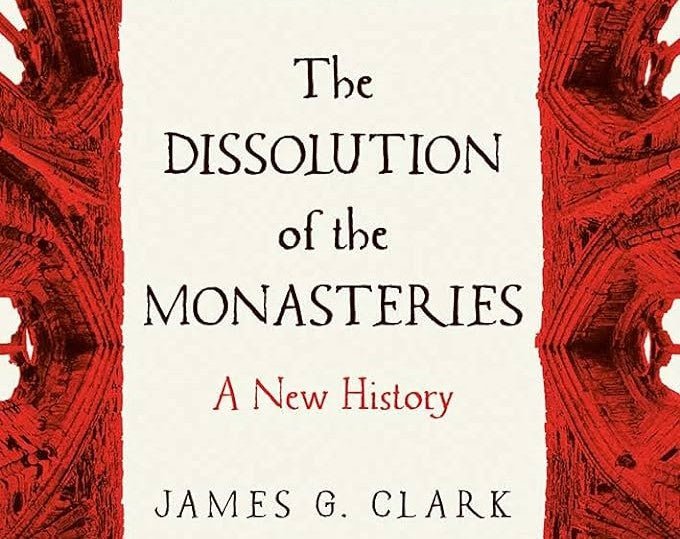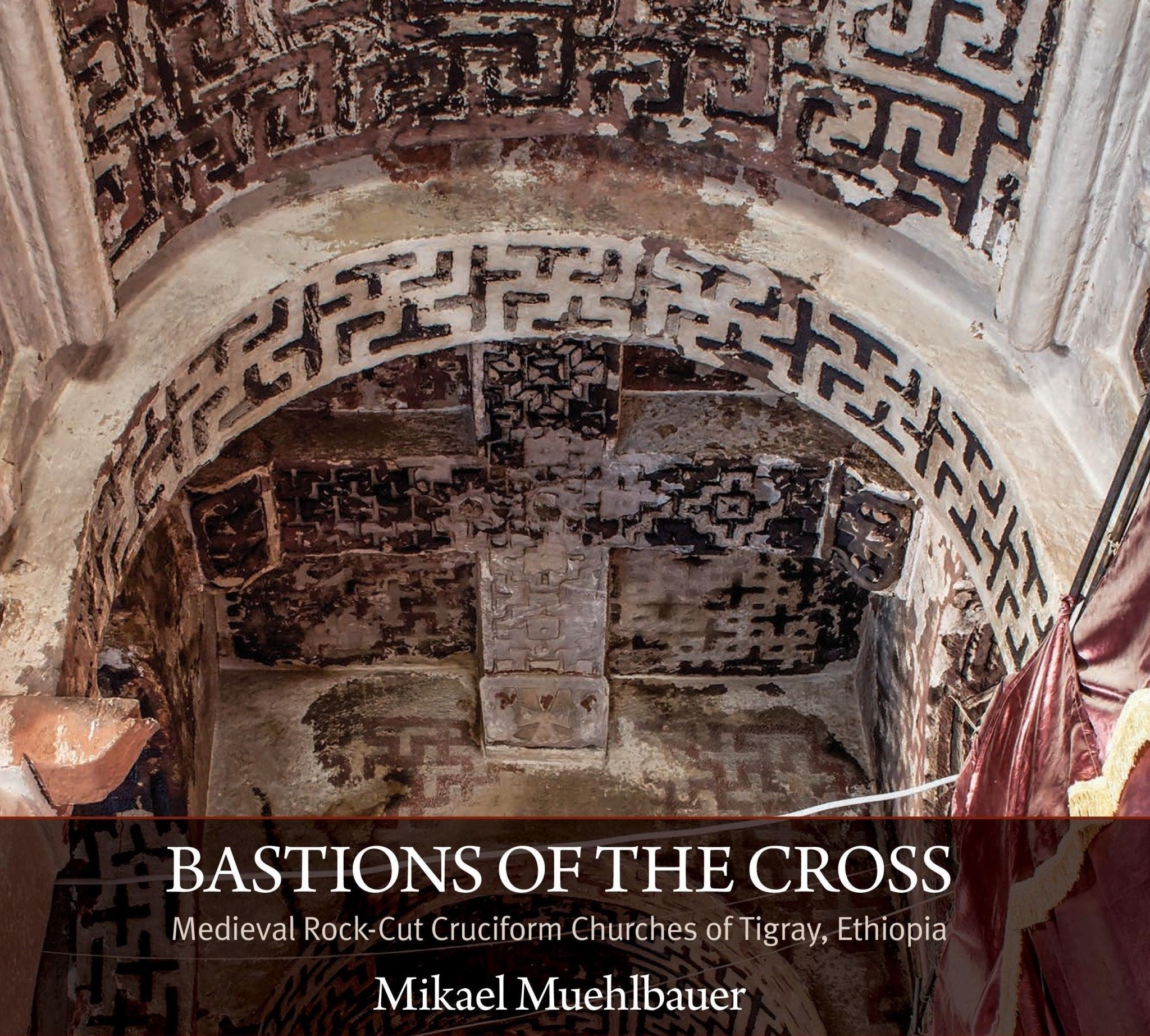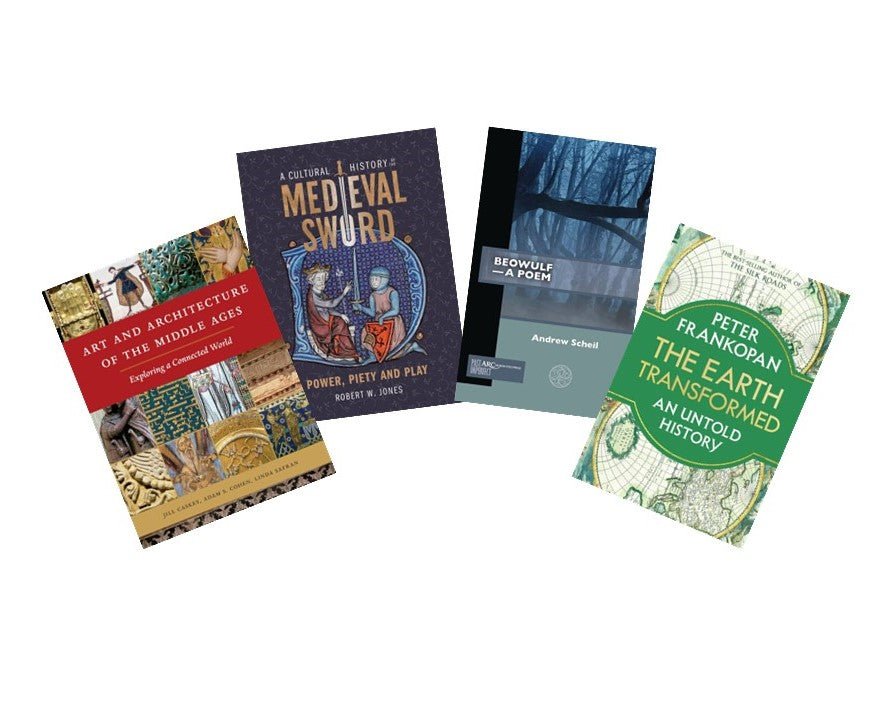The Sword in Daily Urban Life in Medieval Central Europe
Jean Chandler speaking at the Higgins Amory Museum in 2013: In the past, when considering the context of the older fencing manuals from the 15th and 16th Centuries, we initially focused on a rather binary discussion between 1) warfare and 2) formal duels or judicial combat. A 3rd element later arose around Joachim Meyer, the sport fencing of the fechtschuler, which we are beginning to understand a little better today. Many debates have raged through the community in the last several years over which master or manual is more for judicial combat, more for sport, and more for ’ real battlefield warfare’.
As is so often the case, to bring more light than heat to such discussions, it helps to go to the primary sources. And as is so often the case, the answer is typically something totally unexpected.
Though this period is centuries in the past, we have a great resource in the reams of data such as court records, town council meeting minutes, letters and diaries meticulously collected in the archives of ancient towns all over Europe. A useful collection of such records from South German towns, notably Augsburg, were recently (in 2011) published by professor Ann Tlusty of Bucknell University in Pennsylvania.
The records she collected and translated give us some surprising information, first and foremost, a 4th major role for fencing in the urban world of Central Europe: the informal duel, usually fought with swords. While getting involved in a sword fight was very risky in legal as well as physical terms, we can see from these records that it was not necessarily subject to severe punishment. Everything depended on adhering to complex and often unwritten rules of honor and ‘fair fighting’, which we have good insight into from interrogation records in town court documents. Citizen of these towns were expected to carry a sword, carrying a sword meant being expected to defend not only the honor of their guild and their town, but their person. Even when homicide was the result, this did not always lead to dire consequences.
To the contrary, the citizen of a German town could actually get in more legal trouble in some cases for not owning a sword than for fighting with one, Tlusty shows us court records of people being arrested for not being sufficiently armed. We also have insight into the duty of the citizen as policeman, a chore which all citizens were obligated to fulfill every few weeks - where once again the sword played a crucial role.
Delving still further into the records from Augsburg, we can see the important role the sword played in the lives of citizens from the other estates. Professor Tlusty sheds some light on the relationship between University students and their culture of dueling with that of the artisans. The patrician class were merchants who traveled the world in pursuit of trade and wealth, and lent money to kings and emperors. As a case study, we can briefly examine the Welser clan of Augsburg, and the strange episode of their colony in South America, Klein-Venedig. Finally, we have a brief look at the Trachtenbuch of Matthäus Schwarz. Schwarz, an upper class accountant in the employ of the patrician Fugger clan of Ausgburg, made up for lacking access to instagram, by documenting his life with over 100 portraits of his daily attire, including fencing gear. This grants us a glimpse into his world and the role of the sword in it.
In comparing the Augsburg records with others from Hanseatic cities and the “German” urban diaspora in Poland and Silesia, with a brief overview of remission letters from France, coroners rolls from England, and barbers reports from Italy, we can begin to envision the social and legal reality of interpersonal violence in this period, and flesh out the reasons why, both on the battlefield or in the militia, and inside the town walls on a personal level, the individual town citizen of Central Europe needed to learn to use the sword that he was obligated to carry in daily life. This, in turn, gives us a chance to more accurately assess the role of the fight book and the fencing master in medieval and Early-Modern Europe with the day to day reality of the sword in every day life.




